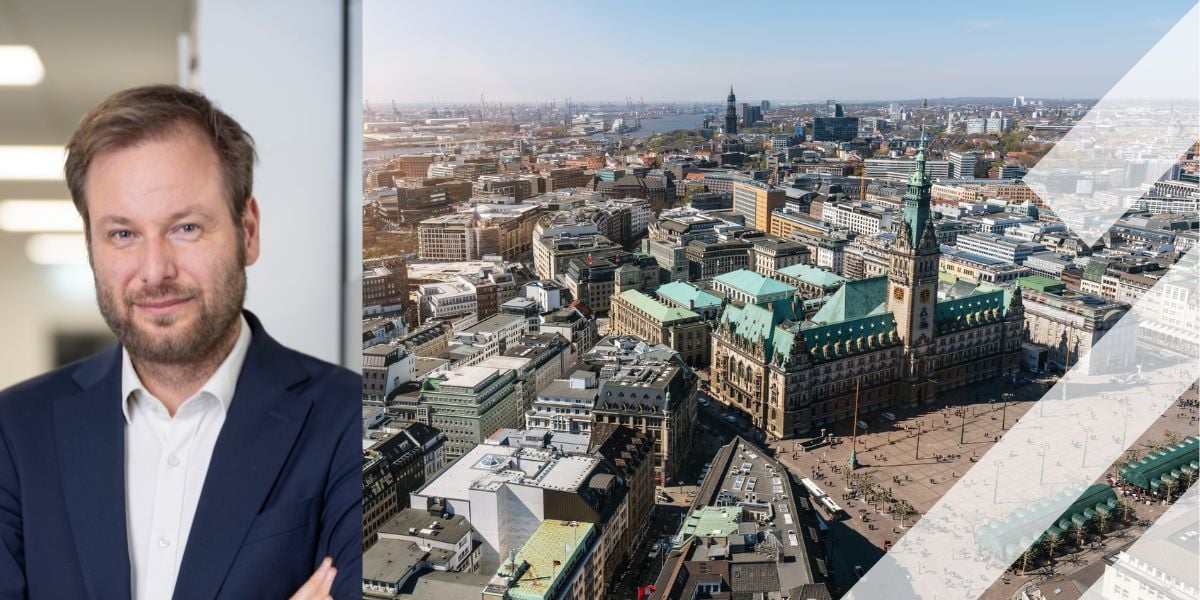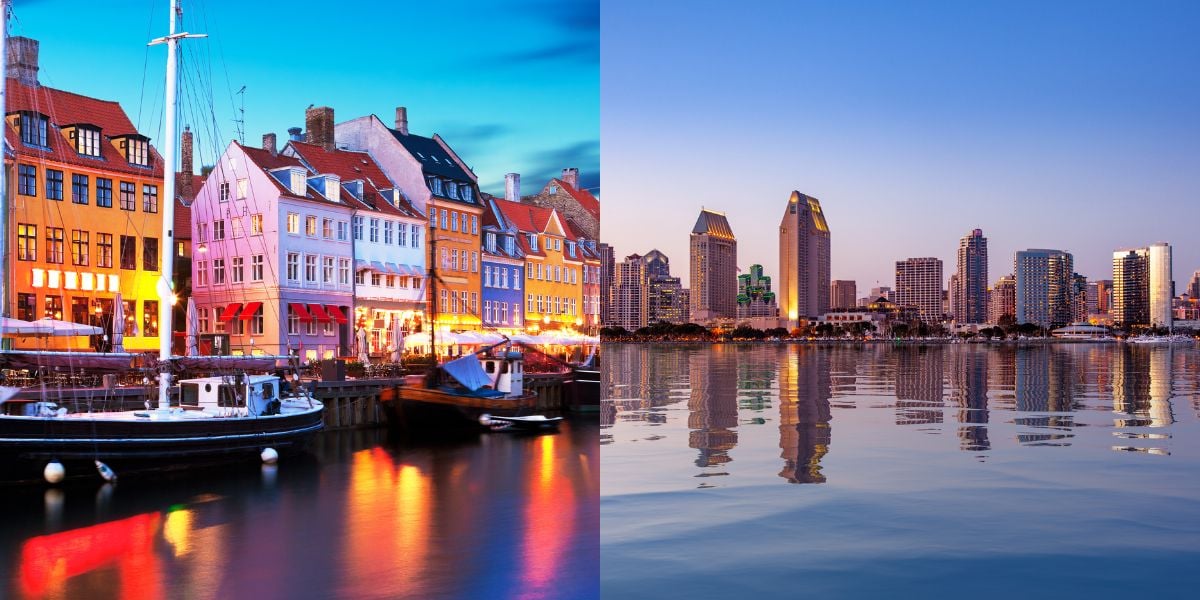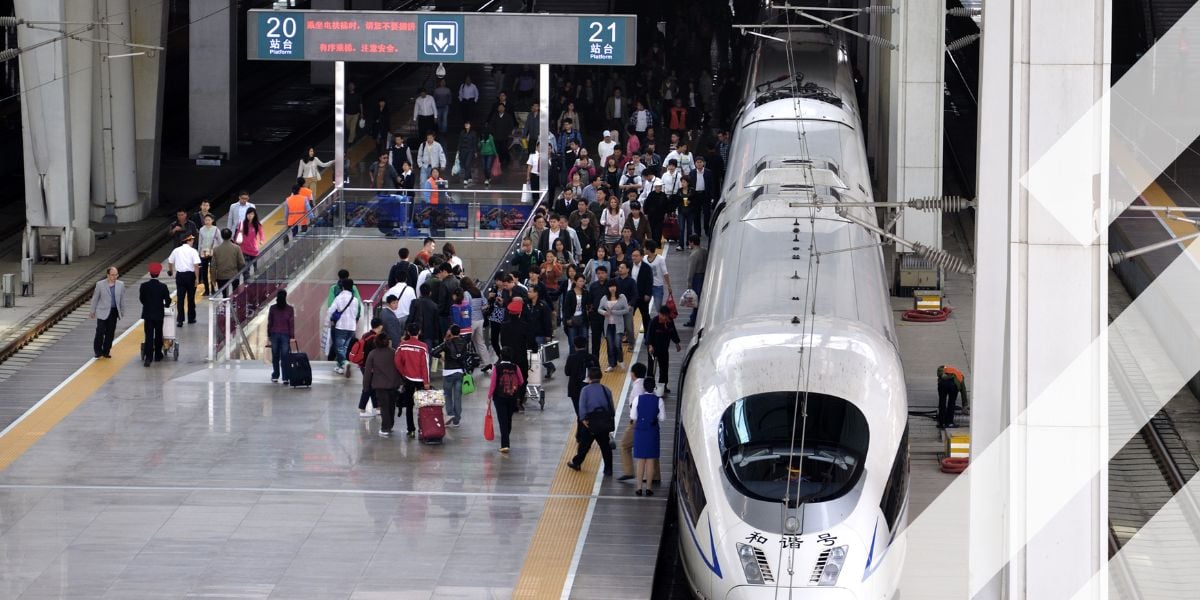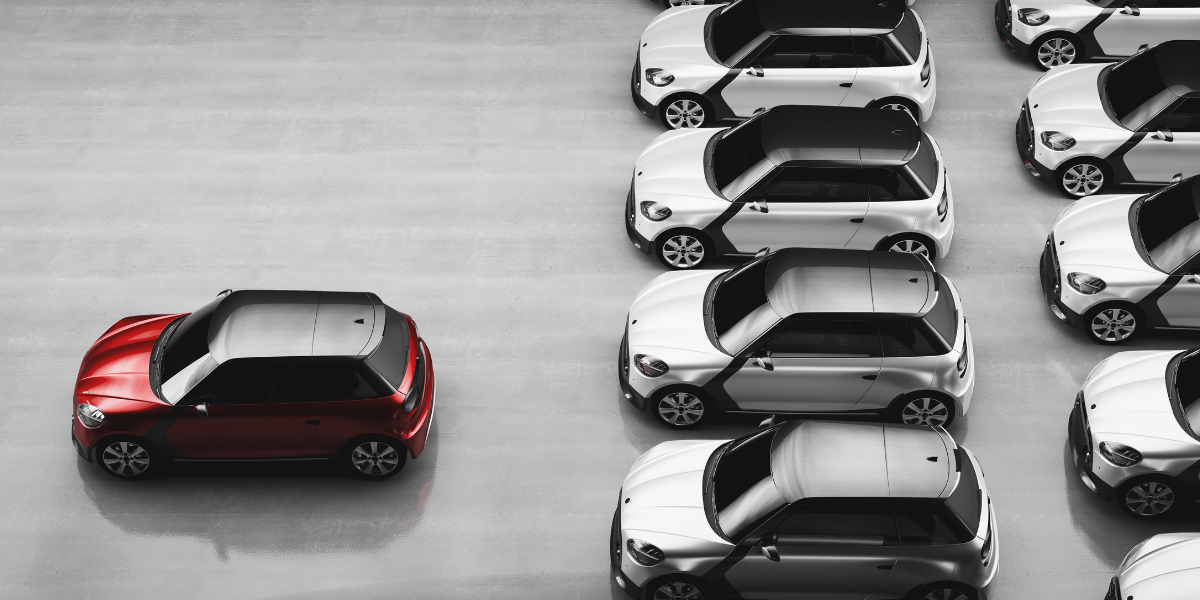Five questions from our webinar audience for Aurélien Cottet of Transdev
The impact of COVID-19 on public transport
During the very first webinar of Intertraffic moderator Carlo van de Weijer spoke to Aurélien Cottet of Transdev, Paul Speirs of PTV and Chris de Veer of Amsterdam Metropolitan area on the impact of COVID-19 on the mobility industry. Due to sheer lack of time many questions from our international audience remained unanswered. We asked Aurélien Cottet of Transdev to answer a selection of them.
Transdev is a French-based international private public transport operator, with operations in 20 countries enabling 11 million passenger trips everyday thanks to efficient, easy to use and environmentally-friendly transportation services connecting people and communities. Aurélien Cottet is Worldwide MaaS Projects Coordinator at Transdev and brings his expert comprehensive knowledge of complex projects to Transdev to oversee all the local MaaS projects in each country where Transdev is present. During the webinar he talked about public transport European MaaS developments and the impact of COVID-19. Missed the webinar? Watch it here. Aurélien: ‘I really enjoyed participating in this very first webinar of Intertraffic. Sharing our global knowledge during these webinars is so important and helps us all to get out of it stronger than before.’
Question 1:Do you think, that a notable percentage of public transport users will shift to use private cars in the future / post corona?
Aurélien: ‘It is a very interesting and tricky question, because during the confinement everyone was working remotely, and it showed that people could still be very productive at work! So the question would be more, are public transport-users willing to stay more homebased in the future and thus travelling less for their daily commute?’
‘Let’s be realistic. Without a good treatment or a vaccine found, people will “fear” and avoid crowded environment such as the morning and late afternoon rush hours in public transport. When the confinement will be over, we cannot deny that many public transport-users will prefer an individual alternative solution to public transport such as a private car or bike. But will they be the majority? After experiencing long hours in a traffic-jam, how many of them will be back in public transport? It is hard to predict.’
‘It is also important to note that in many places, the most convenient transport system in terms of time vs. money is still public transport and won’t be replaced easily by a private car. Since the lockdown was over, we have noticed that many big corporates put in place a system for their employees to spread the arrivals and departures on a wider timeframe enabling them to avoid the rush hour. The employers can and should play a big role in the mobility of their employees, especially in the promotion of sustainable mobility modes such as public transport. Allowing employees to arrive and leave the company within a wider timeslot will help mitigate the traditional rush-hour which should be beneficial to the public transport.’
Question 2:Do you expect a change in the city bus lay-out approach? The configurations were aimed to increase the passenger capacity. Shall the future bring new designs with less passengers due to pandemics like COVID-19?
‘Yes and no. You will always have major public transport lines along the main streets, and these won’t change. What we could envision is the secondary lines that could be more on demand with “virtual” stops to encourage the use of the last and first mile option as an alternative to a private car. These secondary lines could be operated with smaller capacity buses.’
‘Many cities redesigned some of their major streets in favour of the bike at the expense of cars. These are great initiatives and show how important the Public Transport Authority and the Mobility Authority (Traffic Management, in charge of the curb) will play in tomorrow’s mobility. Nevertheless, in these big cities, private car users are not the ones who will take their bikes. Most of them are living in the distant suburb and do not all have a good public transport alternative. Such initiatives are finally penalising them.'
'The solution is definitely flexible on demand first and last miles. The fact that Paris is closing its streets to promote walking and cycling, is adding an extra problem for those who don’t have another choice but to use their cars, because they don’t have any solution nearby to allow them to reach a mobility hub that goes to the center of Paris….we are missing a lot of infrastructure like big parking nearby the mobility hub…so such “closing street initiatives” penalise the car users who don’t have a choice…It is important to think of mobility as a whole.'
Question 3:Which initiatives do you have for a world where public transportation is still a need, but requires much less human contact?
‘If by “much less human contact”, you mean reducing the number of possible contacts between travellers and public transport employees, yes, there are many initiatives from the Mobile Ticket and Payment, to the virtual Chat-Bot to answer most of the questions.’
‘We are living in a more and more digitalised world, in which human interaction is done through the screen of a smartphone. Public transport won’t be an exception to this revolution. MaaS (Mobility-as-a-Service) is the ultimate smart-application to let the user choose his/her modality (private and public) freely and without human contact.’
Question 4:If companies adapt to remote working, it will result in reduction in demand for transportation as less people need to go to work. How can the industry prepare for the loss of revenue from this trend?"
‘Strangely, if the home-office becomes a standard, we may start seeing less over-crowed transport during the morning and late afternoon rush hours. Does it mean less business/revenue for us? Could be or maybe not.’
‘Each public transport operator is adopting its fleets to the demand. If the demand doesn’t come back to its pre-COVID level, these operations will be dimensioned with less vehicles reducing the cost. Most important is to keep a positive margin. We might also see another effect happening. Less people during rush hours, may attract people who would have preferred using their car before rather than a train or a bus because of the crowd. It is not impossible, especially if the employers promote sustainable transport mode, that public transport may see many new travellers on their lines. In order to do this support of the government authorities and employers to encourage the use of public transport, micro- and shared mobility is necessary.'
Question 5:Since the use of private cars will be increased instead of public transport because of pandemics, how do you see the future for sustainable cities?
‘Public transport is an important part, but not the only one, that completes the sustainability of a cities’ puzzle. The creation of such cities depends on the will of the local and national government. To avoid the rise of the private car, it is up to the authorities to find incentives and constrain mobility policies.’
‘Closing major streets to promote micromobility in the centre of major cities is already a good start…We just need to understand who is coming from where, where they are going, using their private car in order to create the right alternative mobility services. It is also important to keep in mind that when vaccines and treatments will be found, the fear of crowded transport will become a “vague” memory.’
Let us stick to that positive note. If you want to know more about sustainable mobility, feel free to join us during our webinar on the 14th of July via www.intertraffic.com/webinars
Share your story
Do you have an innovation, research results or an other interesting topic you would like to share with the professionals in the infrastructure, traffic management, safety, smart mobility and parking industry? The Intertraffic website and social media channels are a great platform to showcase your stories!
Please contact our Sr Brand Marketing Manager Carola Jansen-Young.
Are you an Intertraffic exhibitor?
Make sure you add your latest press releases to your Company Profile in the Exhibitor Portal for free exposure.





